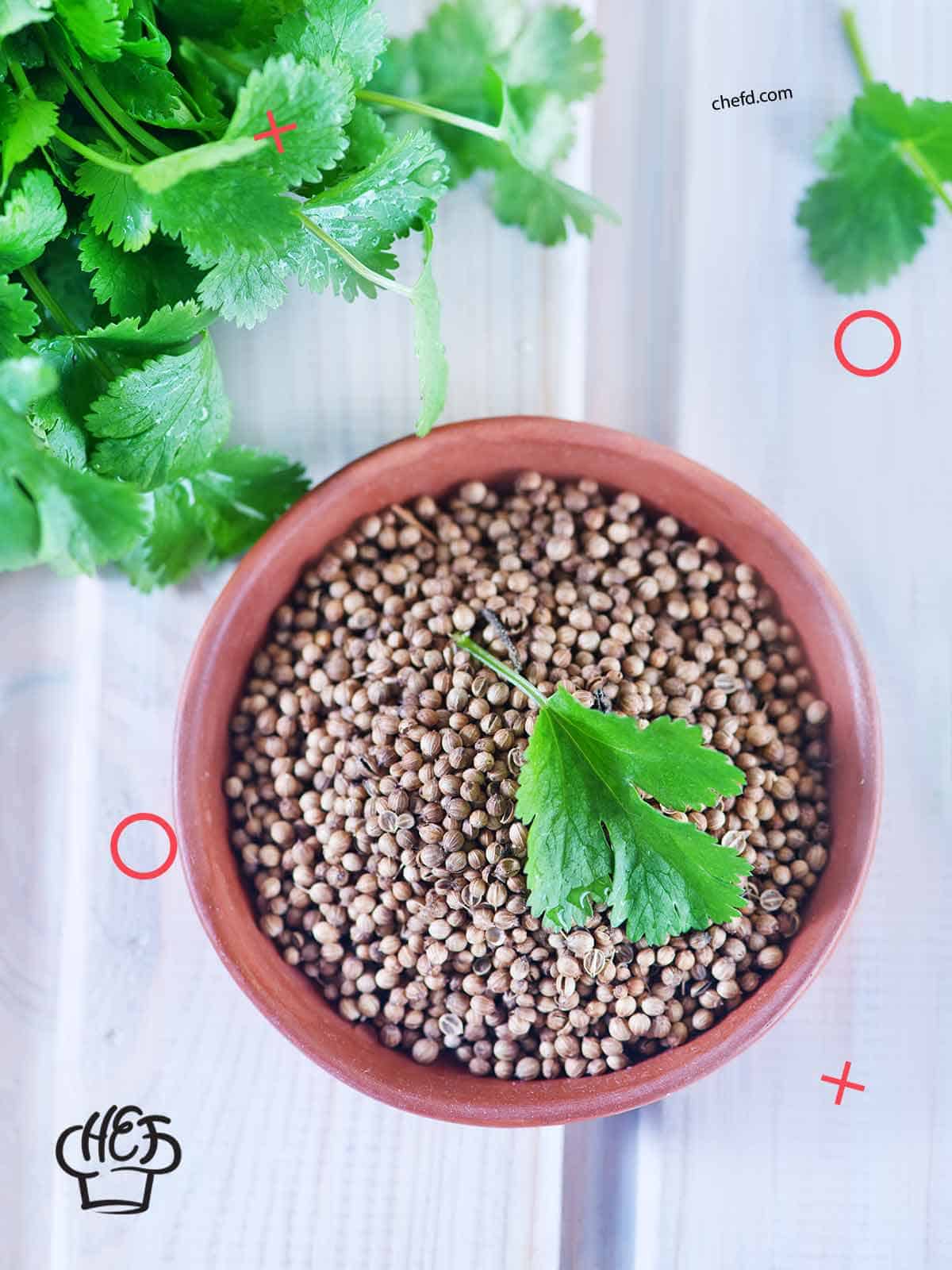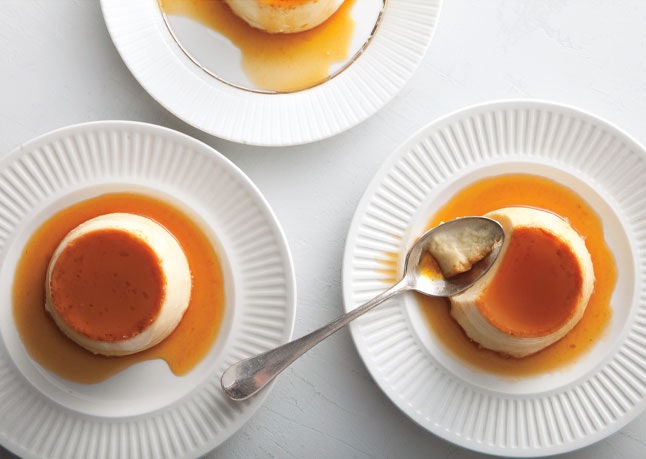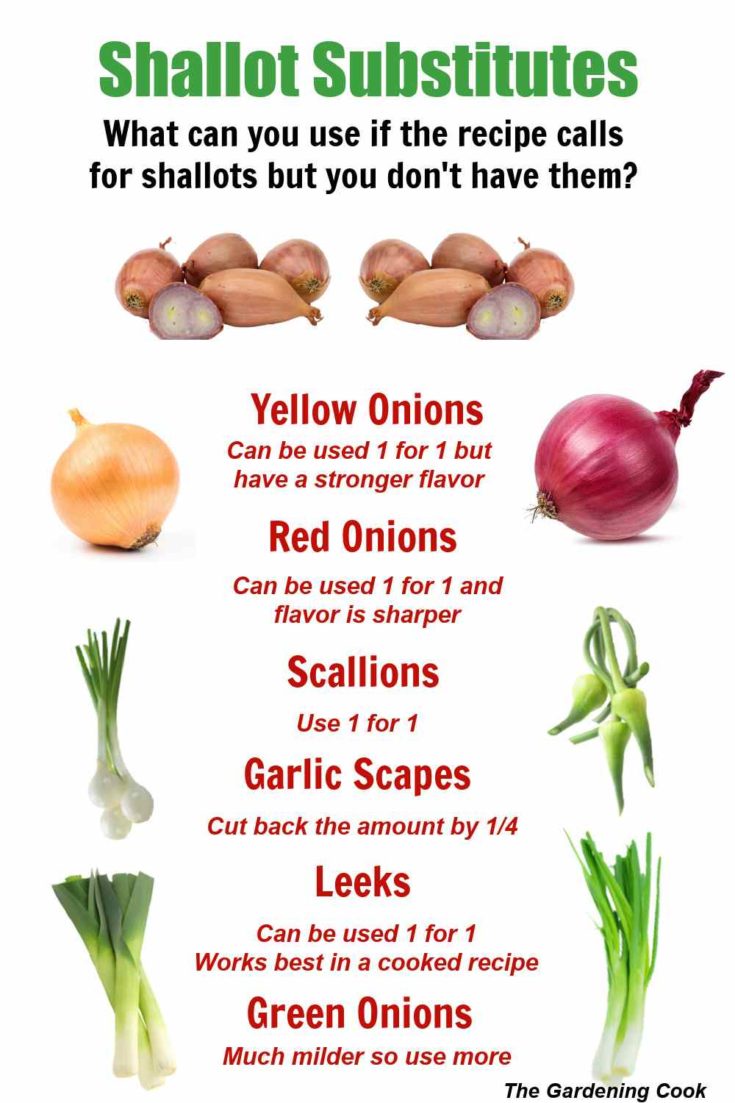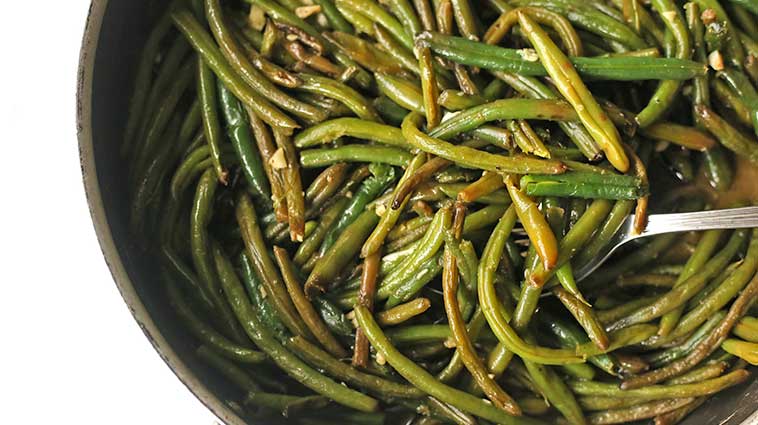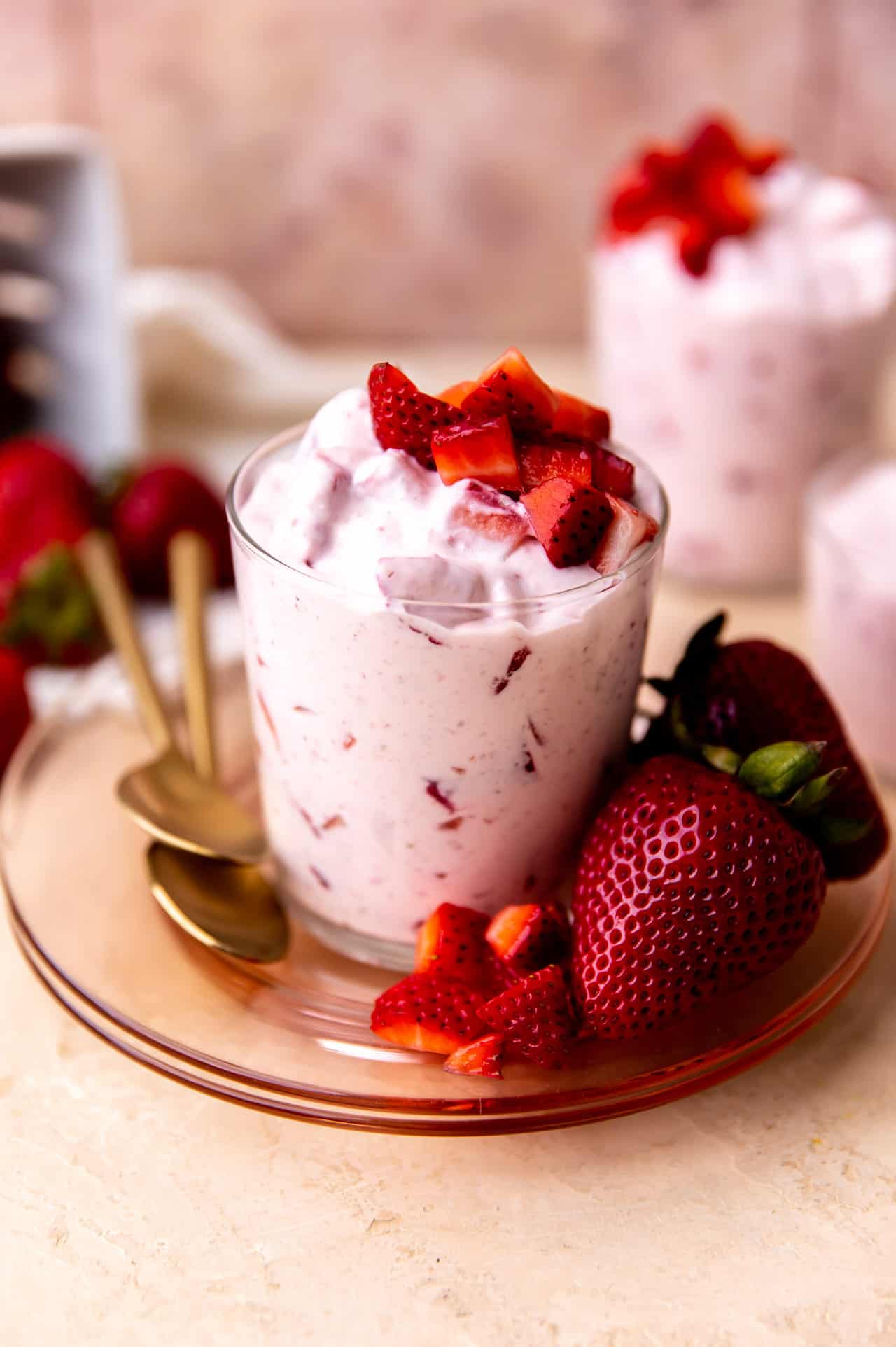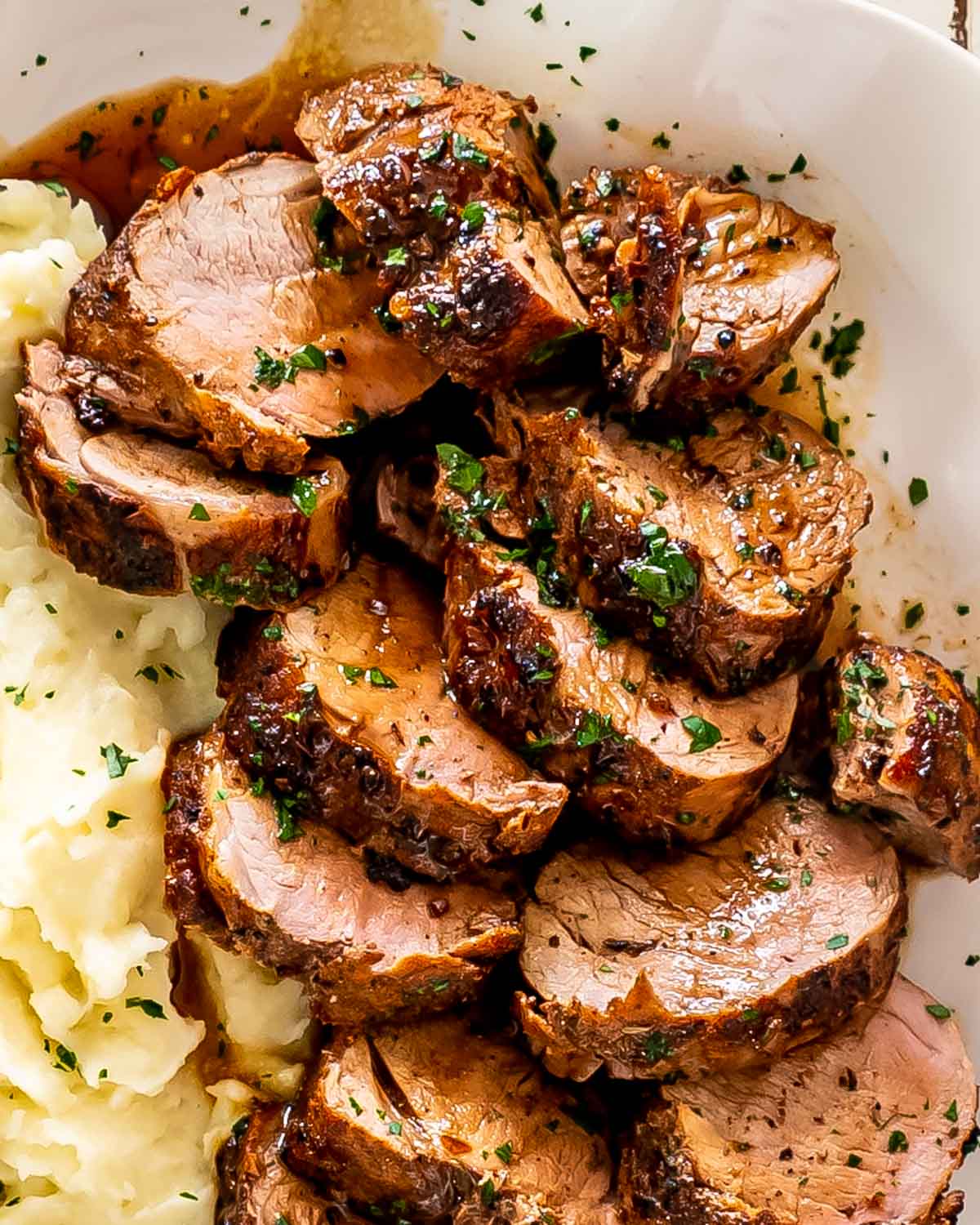Sides for Pork Tenderloin: Elevate Your Culinary Experience
The article discusses ten different side dishes that can be served with pork tenderloin. The sides mentioned are:
1. Roasted Garlic-Parmesan Fingerling Potatoes
2. Chopped Brussels Sprout Salad
3. Merritt’s Butternut Squash Gratin
4. Fig and Arugula Salad
5. Chef John’s Perfect Polenta
6. Butternut Farro Salad with Blood Orange Vinaigrette
7. Roasted Garlic Cauliflower
8. Lemon Pea Salad
9. Heirloom Tomato Salad with Rosemary
10. Braised Brussels Sprouts with Bacon

